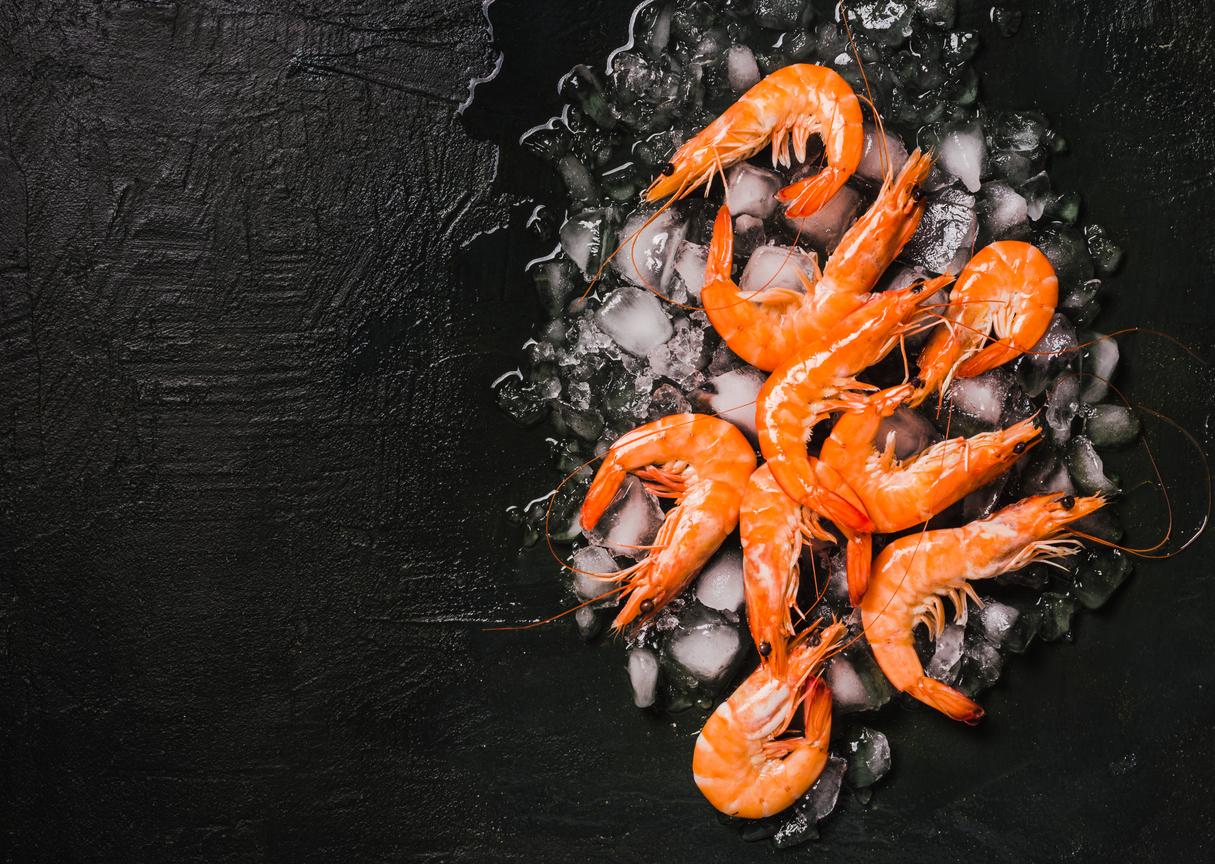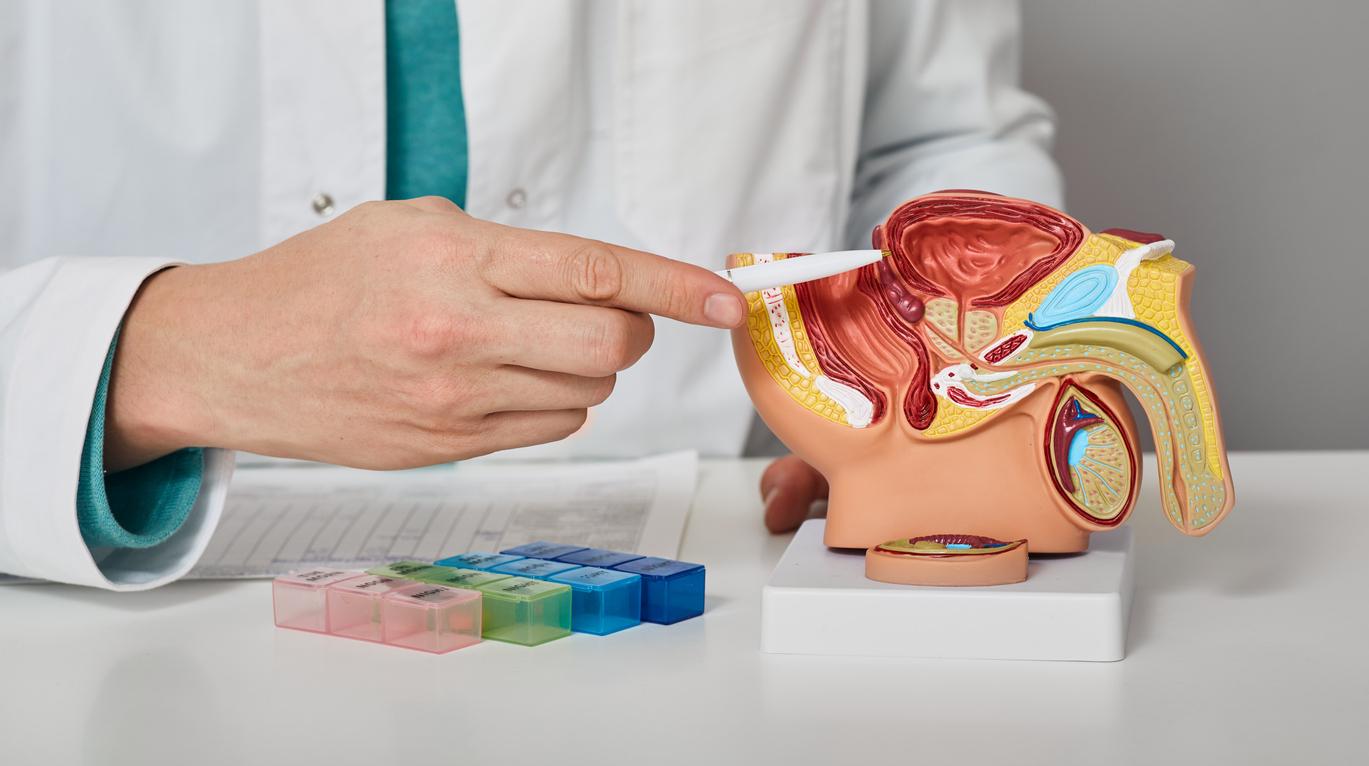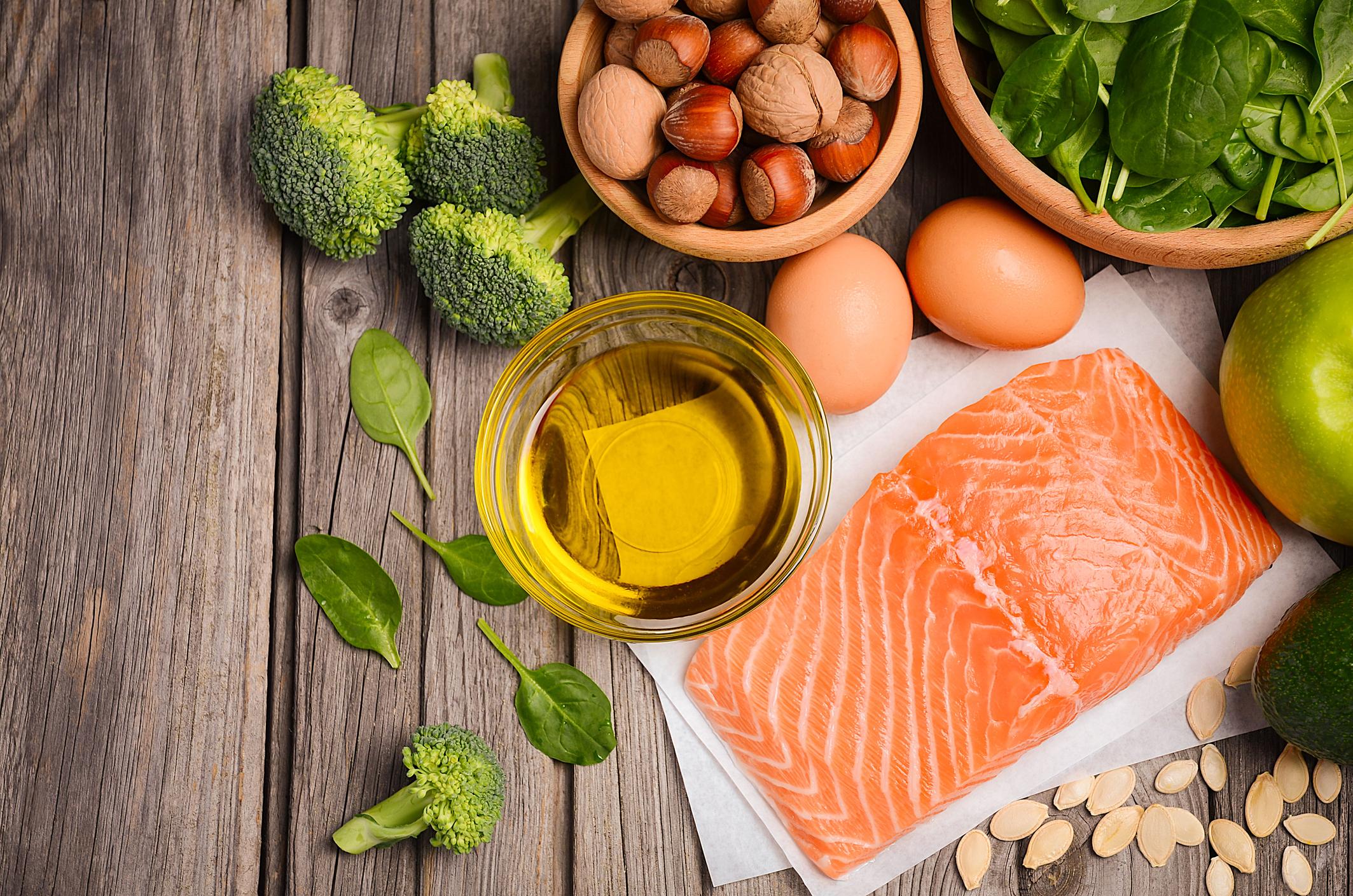Fish is often perceived as a healthy food, rich in essential nutrients such as omega-3. However, the nutritional quality of fish varies depending on the species, and there are growing environmental concerns surrounding their consumption. Between the risks of pollutants and the challenges of sustainable fishing, how can we combine well-being and ecological responsibility?

- Oily fish are beneficial for health thanks to their omega-3 content, but beware of the risks of pollution.
- Choose fish from sustainable fishing or responsible aquaculture to protect marine ecosystems.
- Diversify your seafood consumption for a lower environmental impact while enjoying the nutritional benefits.
Fatty fish, such as salmon, mackerel, or sardines, are prized for their omega-3 content, which is essential for cardiovascular and brain health. However, not all fish are created equal when it comes to omega-3 content. The amount of omega-3 depends on several factors, including the species, natural habitat, and diet of the fish. For example, wild fish, which live in cold waters, tend to have higher levels of omega-3.
Despite their benefits, some fish can also contain pollutants such as mercury or dioxins. These toxic substances accumulate in fish tissues through a process called bioaccumulation, particularly in large predatory fish such as tuna or swordfish. These contaminants pose health risks, especially for vulnerable groups such as pregnant women and young children, for whom moderate and well-chosen consumption is recommended.
Fish consumption raises significant environmental concerns. Unsustainable fishing can destroy marine habitats, affect ecosystems and cause the accidental capture of many non-target species, known as “bycatch”. These practices compromise marine biodiversity and disrupt food chains, putting fish populations and other marine life at risk.
Faced with these challenges, more and more consumers are turning to fish from sustainable fisheries, certified by labels such as the Marine Stewardship Council (MSC). These labels guarantee that the fish has been caught in a way that minimizes the impact on the environment and maintains fish stocks at sustainable levels. However, it is essential to remain vigilant, because not all labels are equal in terms of rigor and transparency.
At the same time, aquaculture, or fish farming, is often presented as a sustainable alternative to wild fishing. However, intensive aquaculture can also pose environmental problems, including water pollution, excessive consumption of fresh water and the spread of diseases. It is therefore crucial to choose aquaculture products that are certified and produced using responsible practices.
Changing consumption habits and sustainable alternatives
Fish consumption habits vary considerably across the world. While fish consumption is increasing in many developing countries, it is stagnating or declining in some developed countries, where environmental and health concerns increasingly influence consumer choices.
To address these concerns, more and more consumers are turning to other seafood products, such as crustaceans and molluscs, which are often perceived as more sustainable. These species, although sometimes less rich in omega-3, generally present a lower risk in terms of bioaccumulation of pollutants and are often produced using production systems that are less destructive to the environment.
Diversifying seafood consumption, as well as choosing certified sustainable products, can help reduce pressure on wild fish stocks and support more environmentally friendly fishing and aquaculture practices.
Eating fish can be beneficial for your health, but it is crucial to consider the nutritional quality, contamination risks, and environmental impact of our choices. By opting for fish rich in omega-3, but low in contaminants, and by favoring products from sustainable fishing or responsible aquaculture, it is possible to enjoy the benefits of fish while minimizing the risks to health and the environment. The consumer plays a key role in promoting more ethical and sustainable consumption of marine resources.
Practical advice for responsible fish consumption:
• Choose fish rich in omega-3: Choose oily fish like salmon, sardines, and mackerel, but make sure they come from sustainable sources.
• Avoid fish with high bioaccumulation: Limit consumption of large predatory fish such as tuna or swordfish, which can contain high levels of mercury.
• Look for sustainable fishing labels: Certifications like MSC can guide you towards environmentally friendly fish choices.
• Diversify your seafood intake: Consider including more crustaceans and mollusks in your diet to reduce environmental impact.

















